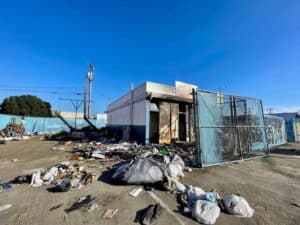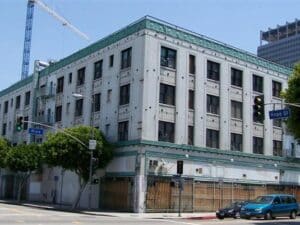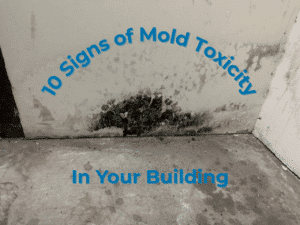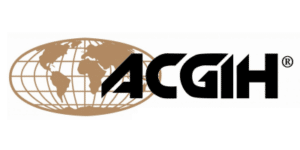The Hazardous Building Materials Survey: What You Don’t Know Can Hurt You
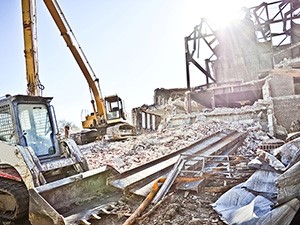
The discovery of hazardous materials on a site slated for renovation or demolition – while not exactly a welcome event – can be a well-timed event preventing the risk of exposure to future building occupants and heading off the need for costly remediation of problems discovered too late for an uncomplicated resolution.
With a hazardous building materials survey (HBMS), potential buyers, property owners, and construction managers can head into a project without the risk of liability or budget-wrecking surprises and a plan for the safe, cost-effective and regulatory-compliant remediation of any environmental hazards.
From determining the presence of asbestos, lead, mold or PCBs in older structures, to unearthing hazards that may lurk in underground storage tanks or soil, a comprehensive hazardous materials survey is a critical and often required step in the process of demolition, renovation, or repair.
What is a Hazardous Building Materials Survey?
A comprehensive HBMS includes inspection of all suspect building materials and site features that could contain harmful substances. Asbestos, lead, mold and PCBs are among the most common hazards, particularly in older buildings, but a thorough assessment can reveal other universal wastes as well as a wide variety of other compliance, health, safety and liability risks.
At Omega, a comprehensive assessment for potentially hazardous materials can include:
- Asbestos Survey
- Lead Survey
- Moisture and Mold Assessment
- Collection and Testing of Drinking Water
- Inspection for PCBs in Light Ballasts, Transformers, etc.
- Fluorescent Light Assessment for Mercury
- Radioactive Tritium Assessment
- Radon Inspection
- Floor Drainage Inspection
- Assessment of Underground Storage Tanks
- Animal Waste Cleanup
- Evaluation of Hazardous Waste
- Flammable or Toxic Chemicals
- HVAC Assessment for Hydrochlorofluorocarbon (HCFC)
- Inspection of Hydraulic Lifts, Electrical Transformers, Above-Ground Storage Tanks, and more
Our surveys are conducted by highly trained team members who are accredited, certified and highly qualified in their fields.
A completed survey includes a written report detailing the findings and analytical results of the assessment, along with site-specific recommendations for mitigation of any discovered hazards.
Pre-Demolition and Pre-Renovation Surveys for Worker Safety
Assessments for hazardous materials are a crucial component before renovation of both occupied and unoccupied buildings. They are also critical for sites slated for demolition because hazardous materials can become airborne during construction and demolition, posing a risk to occupants, workers and others in the vicinity.
When a recent pre-demolition survey to assess the risk of asbestos, lead, PCBs, mold, and other hazards in a structure slated for demolition revealed asbestos-containing materials (ACMs), lead paint, mold growth, and possible mercury vapor emanating from fluorescent light fixtures, we recommended that the client work with a licensed remediation contractor to remove the materials prior to demolition to avoid the risk of exposing workers and other trades.
Reliable, Cost-Effective Assessment for Health and Safety
The Omega team works closely with our clients to review all potential hazards in preparation for renovation, demolition or new construction or to assess suspected cases of sick building syndrome in occupied buildings. The scope of the survey is based on numerous factors including the age of the building, materials known or suspected to be on the site, and any damage the building may have sustained. Based on these parameters, our team will develop a site-specific sampling plan and conduct a thorough investigation.
With more than 25 years of experience in environmental consulting and management for both the private and public sectors, the Omega team provides safe and cost-effective assessment, removal and remediation of numerous environmental hazards. Our team includes leading experts in toxicology, environmental engineering and industrial hygiene, among other areas of expertise
To learn more about our hazardous building materials survey, contact us through the link below.




